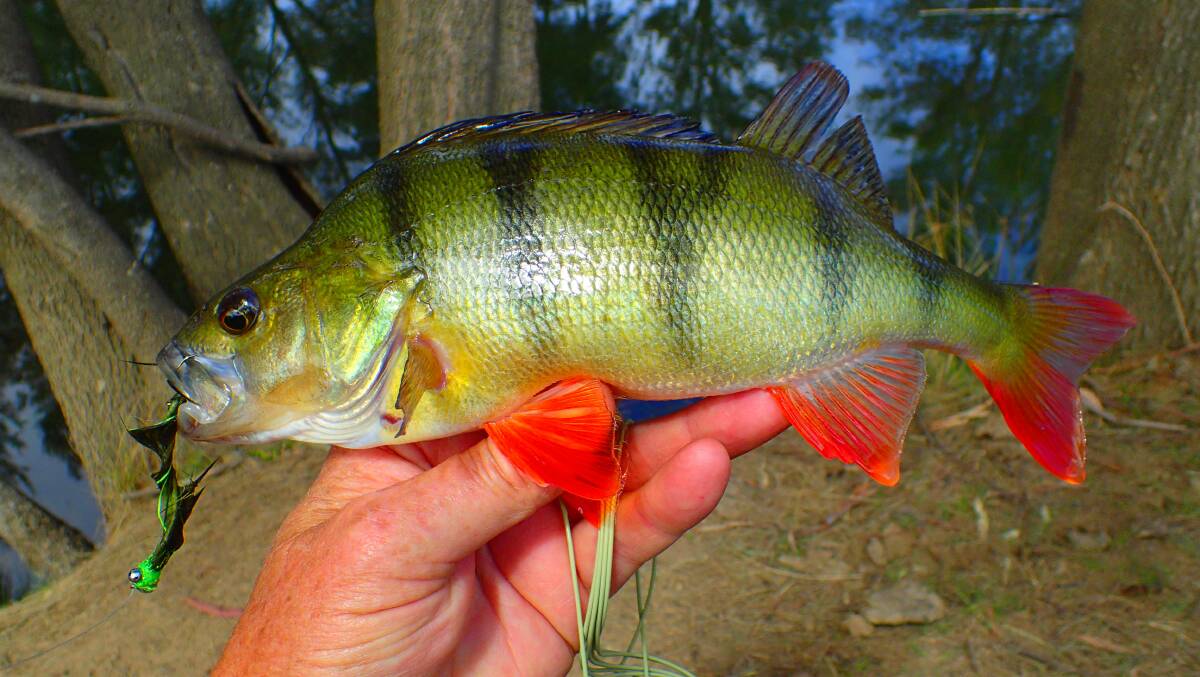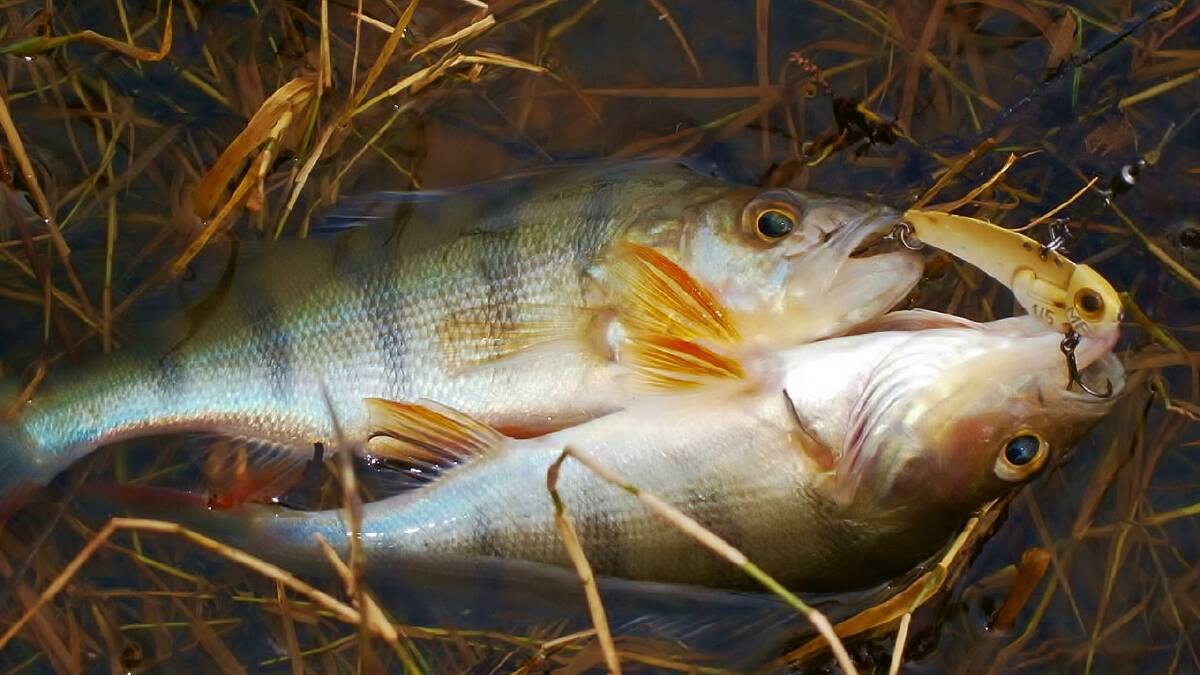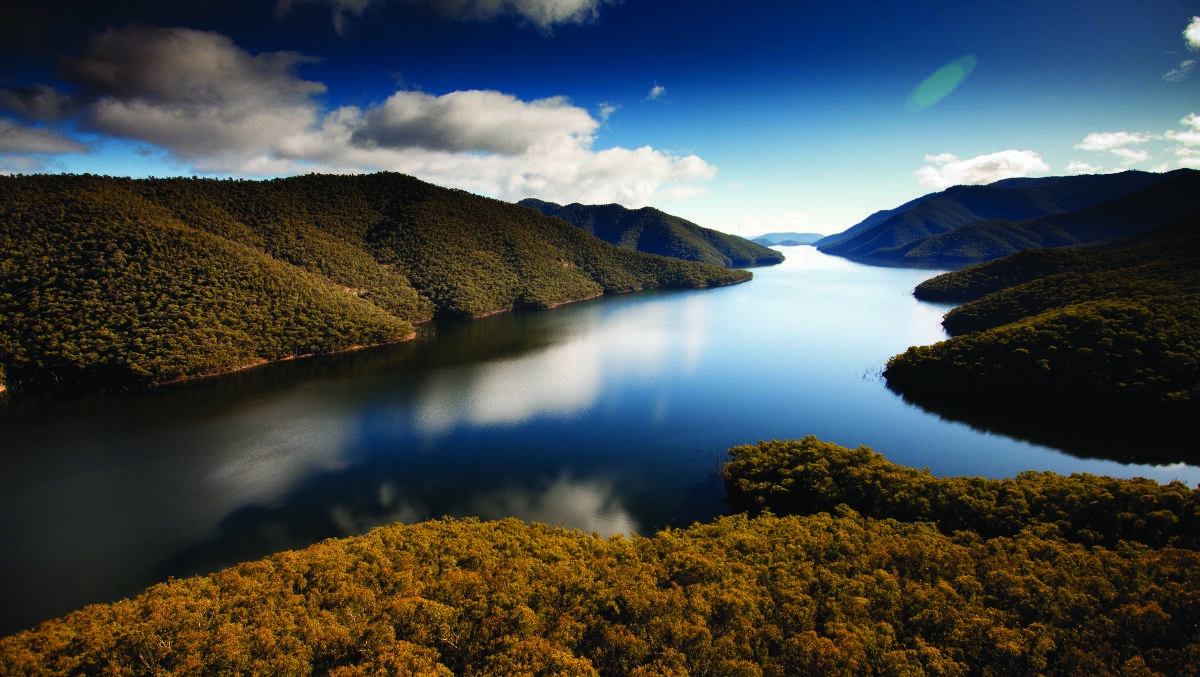
Snowy Hydro is investing tens of thousands of dollars to help prevent a pest fish species escaping into some of Australia’s top trout fishing lakes.
Subscribe now for unlimited access to all our agricultural news
across the nation
or signup to continue reading
The unlikely headache for the Snowy 2.0 pumped hydro scheme has emerged as the class one NSW pest fish redfin, or English perch, survives in Talbingo reservoir, while it has only ever been seen infrequently in Tantangara Dam.
The Snowy 2.0 scheme plans to link the two reservoirs via a 27km tunnel that includes a massive underground electricity generation plant. Unbelievably at this stage it may be possible for the despised redfin or its eggs to pass through the large turbines when water is pumped back up from Talbingo to Tantangara.
Snowy Hydro is using scientists to try and find ways of preventing the redfin from being flushed up the system. In the next week a science body will also be contracted to help solve the dilemma.
Redfin may be able to access one of Australia’s most famous trout fisheries, Lake Eucumbene, now redfin free, which is connected via a tunnel from Tantangara built in the original Snowy scheme. Redfin are voracious eaters of trout eggs and also the eggs of most other fish. It is illegal in NSW to have a live redfin in your possession or to transport them. They were gazetted as a class one pest fish species in 2011.

Meanwhile, Snowy Hydro has given a guarantee that there will be no detrimental effect to irrigation water leaving the Snowy scheme as work on the Snowy 2.0 pumped hydro project gets underway.
Two environmental issues confront the project - what to do with 6.5 million cubic meters of spoil from the tunnelling and how to stop redfin fish reaching other lakes to threaten mountain trout fisheries.
The spoil is expected to be handled within the geographical close reach of the project, ruling out, as many thought, that it would be used for roadbase.
The spoil is likely to be deposited at the bottom of the deep Talbingo reservoir - not an unusual concept as this was done during the construction of the original Hydro scheme in the 1950s with spoil placed at the bottom of Tantangara Dam.
Concerns were raised last week that some of the rock could be “reactive” and create an acidic reaction in the water. Snowy Hydro says any reactive rock would be a miniscule amount in the spoil, would be tested before being put in the reservoir, and treated if necessary. Once starved of oxygen under water the rocks posed no danger to water quality.
Snowy is also confronting the turbidity issue when the rock is placed in the reservoir. Snowy Hydro is working on plans of how to deposit the rock safely in Talbingo reservoir. Hoppers and curtains in the water would be set up to prevent water turbidity.

In the next two weeks Snowy Hydro will announce a science and research body to oversee many of these issues. Drilling has started to evaluate an alternative cabin site to house the large underground generation chamber.
“The Snowy Scheme operates under a strict water licence issued by the NSW Government,” a Snowy Hydro spokesperson said. “There will be no change to environmental release obligations or any impact on downstream water users or environmental flows.
“Talbingo reservoir is enormous, its gross capacity is 921 million cubic meters with 760 million of this capacity dead storage. Should the spoil be placed into the bottom of the Talbingo reservoir it would take up less than 1pc of the total capacity. Displacing such a small percentage of the water in dead storage with spoil won’t impact Snowy Hydro’s ability to capture, store, or release water from the Scheme to downstream users and irrigators.”


